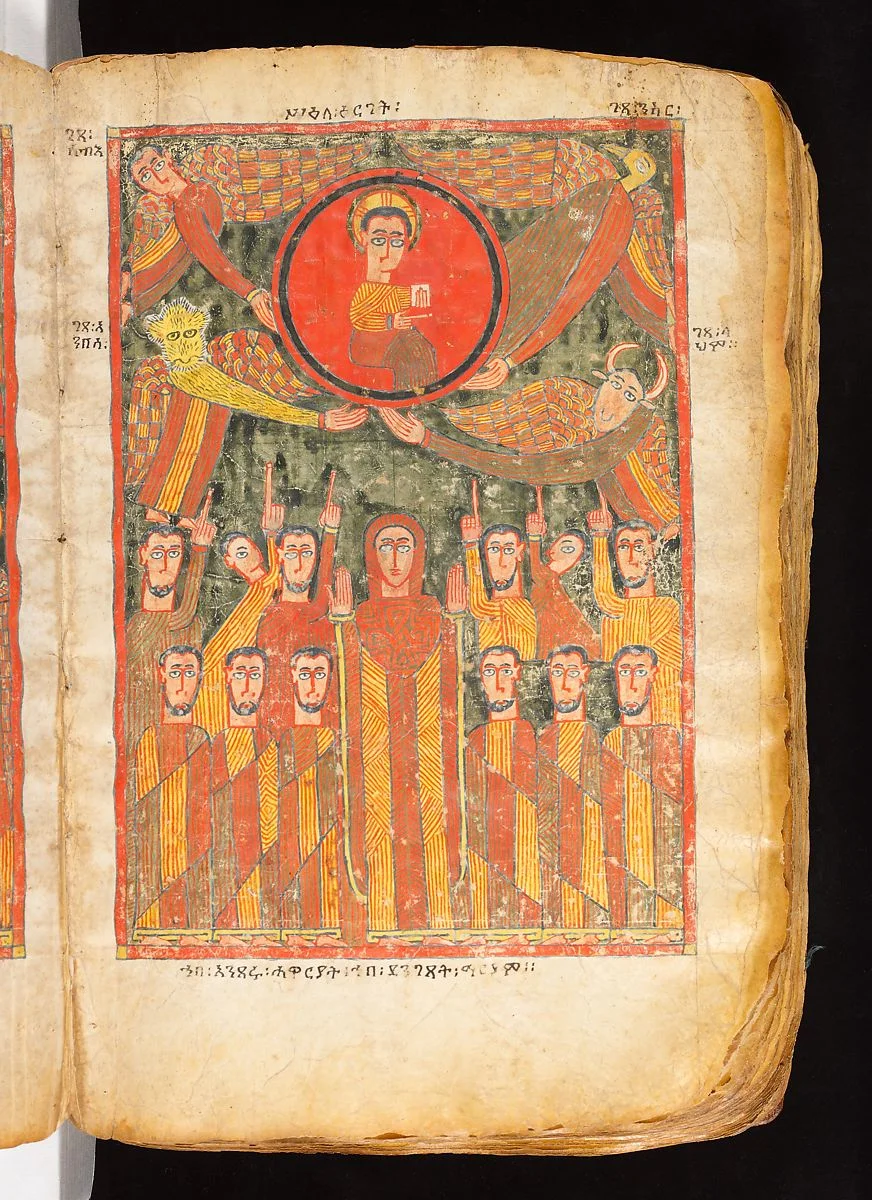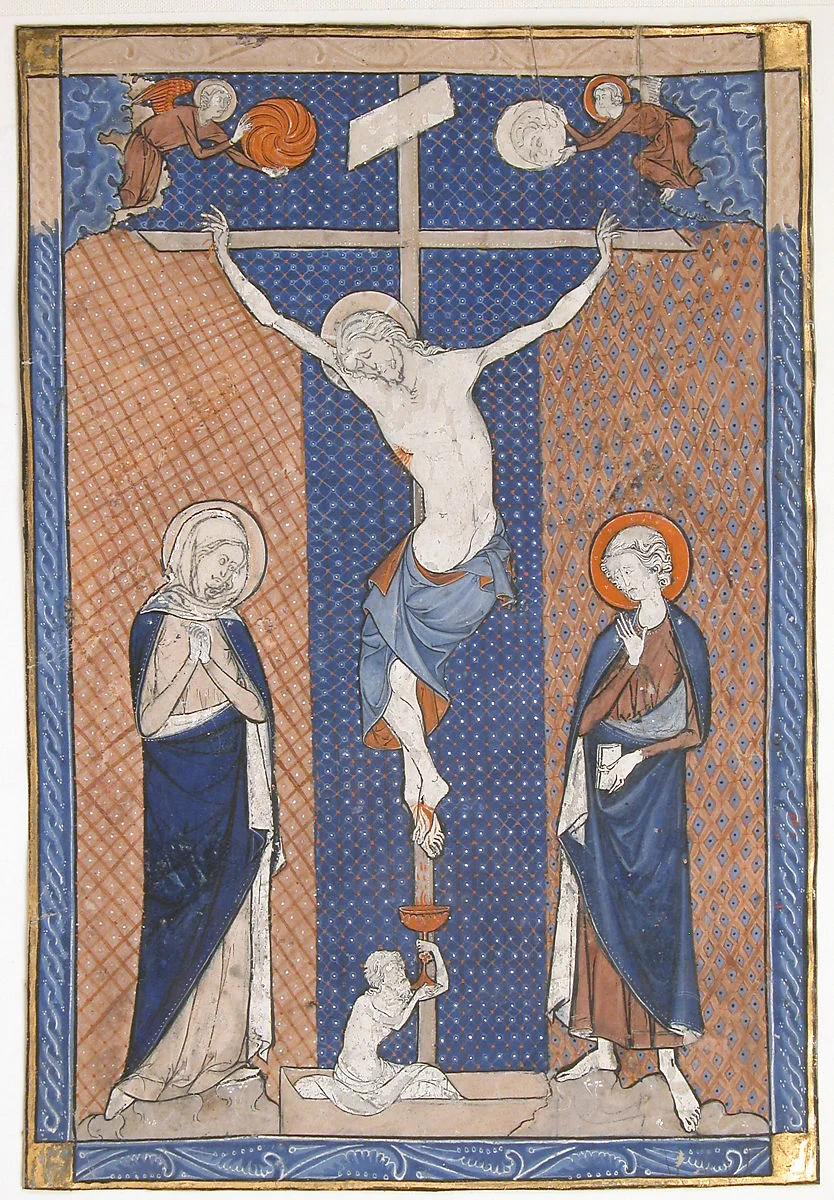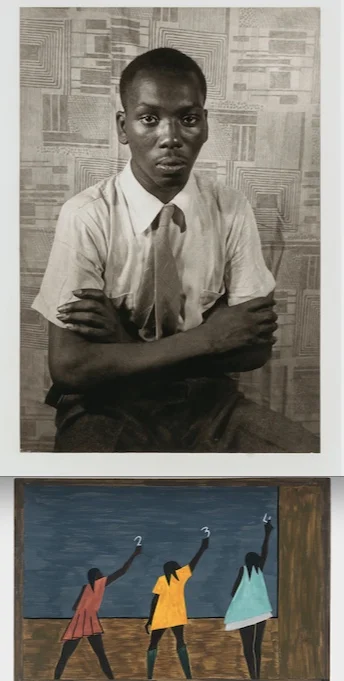TEMPERA
Tempera paint has been used for thousands of years with evidence from ancient Egypt, China, Babylonia and Greece. It was applied to wet or dry plastered walls, or to wooden panels treated with gesso, a chalk-like, porous layer.
Tempera paint is made with pigment and egg yoke, thinned with water.
Contemporary versions of tempera exists as dried cakes of paint in art supply stores.
Tempera
Tempera, also known as egg tempera, is a permanent, fast-drying painting medium consisting of colored pigments mixed with a water-soluble binder medium, usually an egg yolk. Tempera can also refer to the paintings done in this medium. Tempera paintings are very long lasting and examples from the first century CE still exist. Egg tempera was a primary method of painting until after 1500 when it was superseded by the invention of oil painting.
Technique
Tempera paint in western art were done mostly on wood panels with a gold leafed background. The paint dries very quickly and is opaque. This means that artists cannot do transparent glazing like in an oil painting. The modeling of the forms is done much more like a drawing with a hatching or stippling technique.
Egyptian artists also used tempera paint. This was done on paper between 1479-1425 B.C.
Akseli Gallen-Kallela sitting on a painter´s scaffolding in front of his cupola fresco The Forging of the Sampo in the National Museum of Finland, 1928.
Illuminated Gospel. Late 14th–early 15th century. Wood, vellum, pigment. Amhara peoples. Metropolitan Museum of Art.
Carlo da Camerino. Madonna of Humility. ce. 1375–1400. Tempera on panel. Italy. Art Institute Chicago.
https://lawrencemigration.phillipscollection.org/artist/about-jacob-lawrence
https://www.moma.org/interactives/exhibitions/2015/onewayticket/panel/58/




















